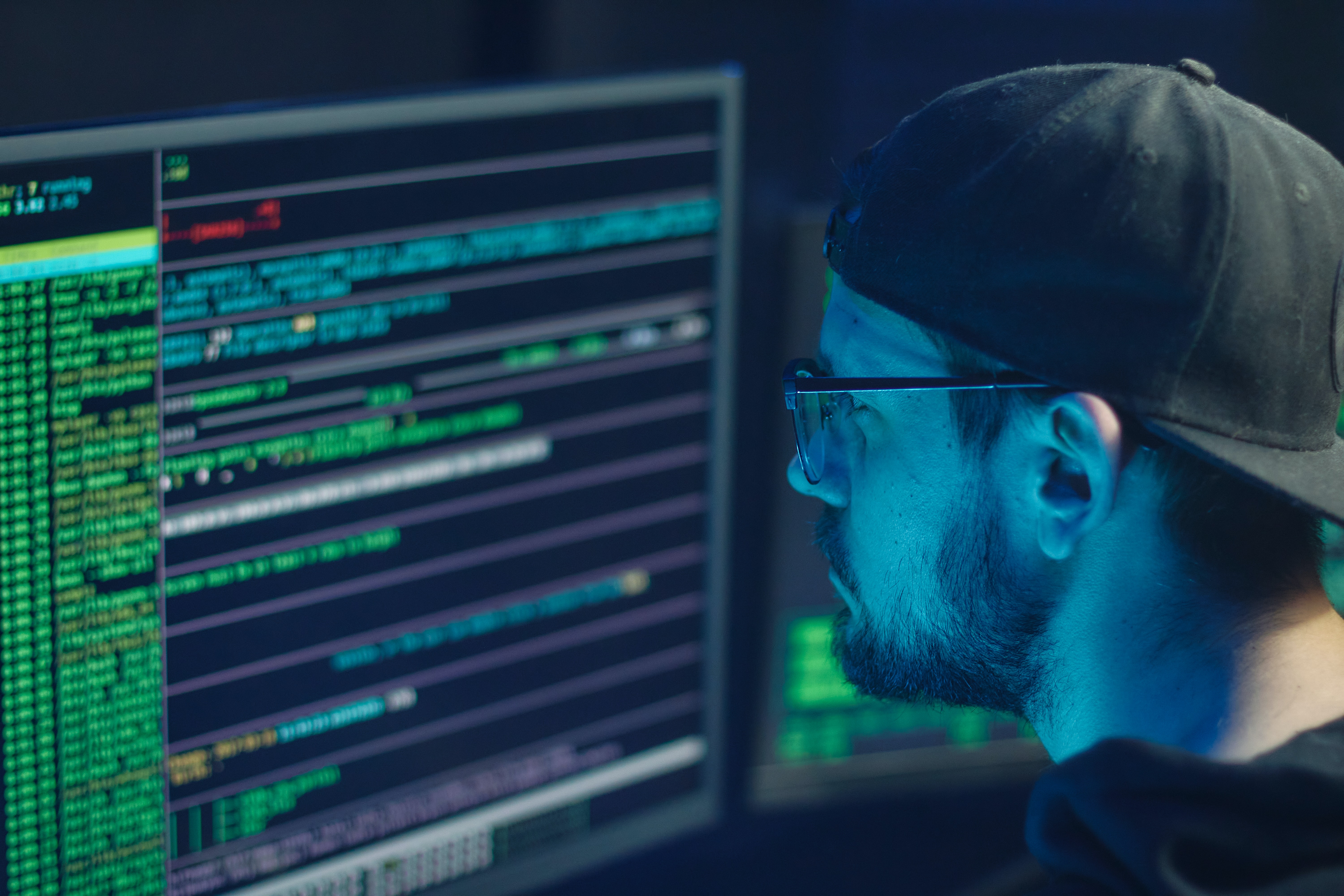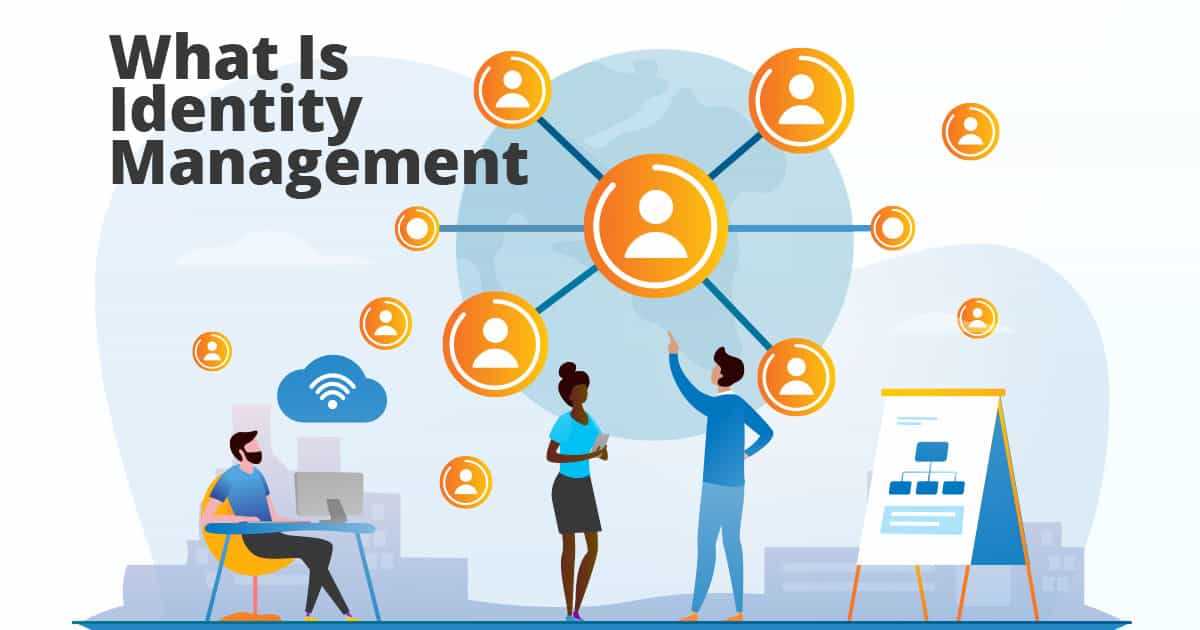Ed Tech Blog

What if the secret to unlocking a student’s mathematical potential lies not in the answers we provide but in the questions we ask? Imagine a classroom where every question sparks curiosity, deepens understanding, and fuels a passion for learning math. This isn't a distant dream—it's a reality that can be achieved by mastering the art of asking the right questions.
In the world of education, especially in math, the questions we pose are more than mere tools for assessment. They are the keys to engaging students, encouraging critical thinking, and fostering a deeper comprehension of mathematical concepts. Research shows that effective questioning can significantly enhance student learning and motivation. For instance, a study by the National Council of Teachers of Mathematics found that strategic questioning leads to improved problem-solving skills and greater student confidence in math.
This guide aims to empower teachers with the strategies and techniques needed to ask impactful questions in math class. You’ll discover how to craft questions that challenge students’ thinking, stimulate discussion, and make abstract concepts tangible. By the end of this guide, you will have a toolbox of questioning strategies that will not only improve your teaching but also transform your classroom into a dynamic environment where students are actively engaged and excited about math. Whether you are a seasoned educator or just starting, this guide will provide you with the insights and practical tips necessary to elevate your questioning techniques and, ultimately, your students’ success in math.
Understand the Role of Questions in Math Education
Encouraging Critical Thinking: Questions are the catalysts for critical thinking in the math classroom. Rather than simply providing solutions, asking thought-provoking questions encourages students to explore multiple pathways to a solution. When a teacher asks, “What strategies can you think of to solve this problem?” or “Why do...
Read more: Mastering Math: A Guide to Transformative Questioning in the Classroom

Imagine this: you receive a panicked call from the school principal. A data breach has exposed the personal information of hundreds of students and faculty – Social Security numbers, addresses, even medical records. It's a nightmare scenario, but one that's becoming increasingly common for educational institutions. But what if there was a way to proactively identify and patch these vulnerabilities before a real hacker could exploit them? Enter the ethical hacker, a cybersecurity professional who uses their hacking skills for good. By hiring an ethical hacker, schools can gain a crucial advantage in the ongoing battle to protect sensitive student data.
Ethical Hackers: The Good Guys in the Black Hat
Relax, that frantic call from the principal can be avoided. Let's delve deeper into the world of ethical hacking. Unlike their malicious counterparts, ethical hackers are the good guys in black hats. They're cybersecurity professionals who use their hacking skills – the same ones cybercriminals exploit – to identify weaknesses in a system's defenses. Think of them as digital security ninjas, meticulously probing a school's network for vulnerabilities before a real attacker can launch an assault.
An ethical hacker's role goes beyond just finding weaknesses. They also meticulously document these...
Read more: Data Breaches & Ransomware Nightmares: Why Your School Needs an Ethical Hacker

Students who take effective notes are more likely to remember information and perform better on tests compared to those who don't. This highlights the crucial role note-taking plays in academic success. However, many middle and high school students struggle to develop this vital skill, leading to frustration and underperformance. In this blog post, we will explore the essential techniques and strategies for teaching effective notetaking to young learners. By the end, educators and parents will be equipped with practical tips and insights to help students enhance their learning experience, improve retention, and ultimately achieve better academic results.
The Importance of Notetaking
Effective notetaking is a cornerstone of academic success. When students actively engage with the material by taking notes, they enhance their comprehension and retention. The active engagement by reviewing their notes help in consolidating knowledge and making it easier to recall during exams and class discussions. Moreover, note-taking encourages critical thinking, as students must decide what information is essential and how to structure it logically.
Beyond the classroom, note-taking is a skill that continues to provide benefits in college and professional settings. In college, where lectures are often fast-paced and dense with information, effective notetaking can make the difference...
Read more: Mastering Notetaking: Strategies for Academic Success and Beyond

In the dynamic landscape of modern education, one challenge looms large: eye strain in the digital age of learning. As technology becomes increasingly intertwined with our educational practices, our reliance on screens has skyrocketed. Whether it's virtual classrooms, online assignments, or digital textbooks, the digital realm has become our new classroom frontier. Yet, amidst this technological revolution, there's a silent culprit lurking in the background: eye strain. As you guide your students through the digital learning maze, it's crucial to recognize and address this issue head-on. After all, healthy eyes are the windows to engaged learning. So, let's embark on a journey to explore the causes, symptoms, and strategies to combat eye strain in this digital age of learning.
What is Digital Eye Strain?
Ah, dear educators, let's delve into the realm of eye strain when our students gaze upon screens. Picture this: your students, eyes fixated on their screens, absorbing knowledge, or completing tasks with fervor. Yet, amidst their digital journey, a subtle foe emerges—eye strain. You see, when those young eyes remain glued to screens for prolonged periods, they undergo a barrage of strain and fatigue. It's like running a marathon without rest stops for their precious eyes.
Read more: Clear Vision: Navigating Eye Strain in the Digital Classroom

In today's ever-evolving educational landscape, harnessing technology to engage students effectively is paramount. Enter digital choice boards—a dynamic tool gaining traction in classrooms worldwide. Offering a blend of flexibility, interactivity, and personalized learning, these digital boards are revolutionizing how educators deliver content and empower students.
In this blog post, we will delve into the realm of digital choice boards, uncovering their myriad benefits and exploring how they foster student autonomy, collaboration, and critical thinking. Whether you're a seasoned educator or a curious enthusiast, join us on this journey as we navigate the innovative terrain of digital choice boards and their transformative impact on modern classrooms.
What are Digital Choice Boards
Digital choice boards are interactive instructional tools designed to provide students with a range of learning activities and options within a structured framework. Similar to traditional choice boards, digital choice boards present students with a selection of tasks or assignments organized into cells or sections. However, unlike their paper-based counterparts, digital choice boards leverage technology to offer a more dynamic and engaging learning experience.
These digital boards can take various forms, including interactive PDFs, Google Slides, online platforms, or learning management systems. Each cell on the board typically contains a...
Read more: Unleashing the Potential of Digital Choice Boards

In the rapidly evolving landscape of education, where digital resources are increasingly indispensable, managing identities and controlling access to sensitive information has become paramount. Welcome to the realm of Identity and Access Management (IAM) in education, a sophisticated framework designed to safeguard digital assets, streamline administrative processes, and ensure the security and privacy of students, faculty, and staff alike.
What is IAM?
IAM, in its essence, encompasses the policies, procedures, and technologies that govern the digital identities of individuals within an educational institution. These digital identities serve as the gateway to a vast array of resources ranging from learning management systems and academic databases to email accounts and administrative platforms. Yet, with this expansive digital ecosystem comes the challenge of maintaining robust security measures without compromising accessibility or usability.
In the educational realm, IAM solutions play a multifaceted role. They enable seamless authentication and authorization processes, allowing users to securely access resources tailored to their roles and responsibilities.
Moreover, IAM doesn't merely stop at access control. It also encompasses identity lifecycle management, encompassing processes such as user provisioning, deprovisioning, and identity governance. These mechanisms ensure that as individuals join, move within, or depart from the educational institution, their access privileges...
Read more: A Comprehensive Guide to Implementing Identity and Access Management
